Ikan makanan adalah makanan berprotein tinggi yang menggunakan satu atau lebih jenis ikan sebagai bahan mentah, dan diproses melalui peleraian minyak, pengeringan, dan penggilingan. Negara pengeluar ikan makanan utama di dunia adalah Peru, Chile, Jepun, Denmark, Amerika Syarikat, bekas Kesatuan Soviet, Norway, dan lain-lain. Antara mereka, jumlah eksport antara Peru dan Chile menyumbang kira-kira 70% daripada jumlah perdagangan keseluruhan. Banyak penyelidik juga sedang meneliti alternatif kepada ikan makanan, tetapi setakat ini masih belum dapat mencari sebarang makanan lain yang boleh menggantikan ikan makanan kerana komponen ikan makanan yang kaya.
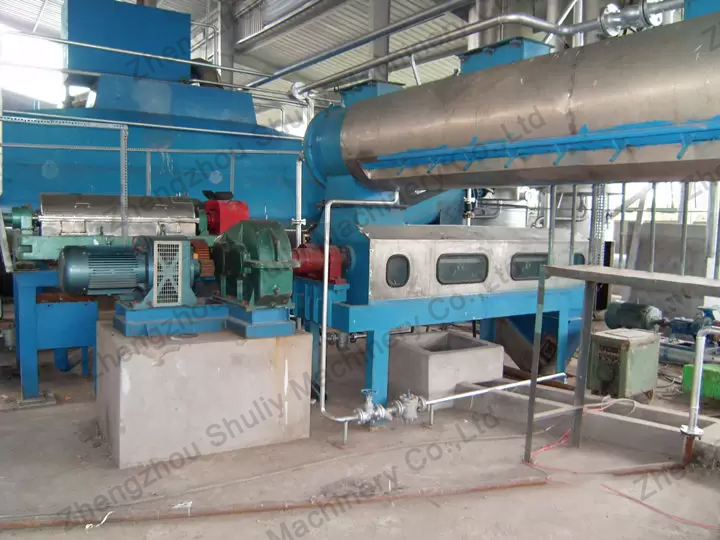
Komponen ikan makanan
Nilai biologi yang Tinggi dalam ikan makanan
Kandungan protein ikan makanan berkualiti tinggi yang diimport melebihi 60%, dan ada yang setinggi 70%; kandungan asid amino pelbagai tinggi dan seimbang, jadi nilai biologinya juga tinggi, dan ia adalah makanan haiwan berkualiti tinggi untuk diet ayam yang seimbang.
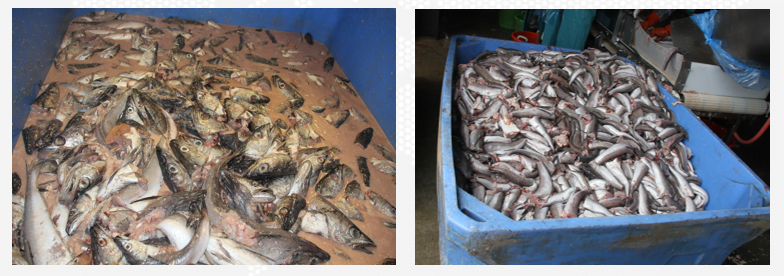
Tenaga yang Lebih Tinggi
Ikan makanan mengandungi lemak yang lebih tinggi, dan ikan makanan yang diimport mengandungi kira-kira 10% lemak; oleh itu, tenaga metabolik dalam ikan makanan biasanya 11.7-12.55 MJ/kg untuk ayam. Walau bagaimanapun, lemaknya mudah teroksida, yang sering menyebabkan kekurangan vitamin A dan vitamin E disebabkan oksidasi minyak. Pada masa yang sama, oksidasi lemak memanaskan, yang merupakan salah satu sebab terbakar sendiri ikan makanan.
Kandungan kalsium dan fosforus yang Tinggi
Ikan makanan mengandungi 3.8%-7% kalsium, 2.76%-3.5% fosforus, dan nisbah kalsium-fosforus adalah 1.4-2:1. Semakin baik kualiti ikan makanan, semakin tinggi kandungan fosforus, dan kadar penggunaan fosforus adalah 100%. Walau bagaimanapun, semasa proses penyimpanan, disebabkan oleh penguraian kimia, fosforus dilepaskan menjadi fosforus elemental. Fosforus elemental mempunyai titik nyalaan yang sangat rendah dan boleh berlaku secara semula jadi tanpa nyalaan terbuka. Ini adalah sebab kedua mengapa ikan makanan mudah terbakar sendiri semasa penyimpanan.
Kandungan unsur jejak yang Tinggi
Ikan makanan mengandungi enam jenis unsur jejak yang biasa digunakan oleh ayam, terutamanya zink dan selenium adalah yang tertinggi. Menurut analisis, setiap kilogram ikan makanan laut mengandungi 97.5-151 mg zink, ikan tuna sehingga 213 mg, dan ikan air tawar 60 mg; ikan makanan laut mengandungi 1.5-2.2 mg selenium setiap kilogram, dan ikan tuna sehingga 4-6 mg.
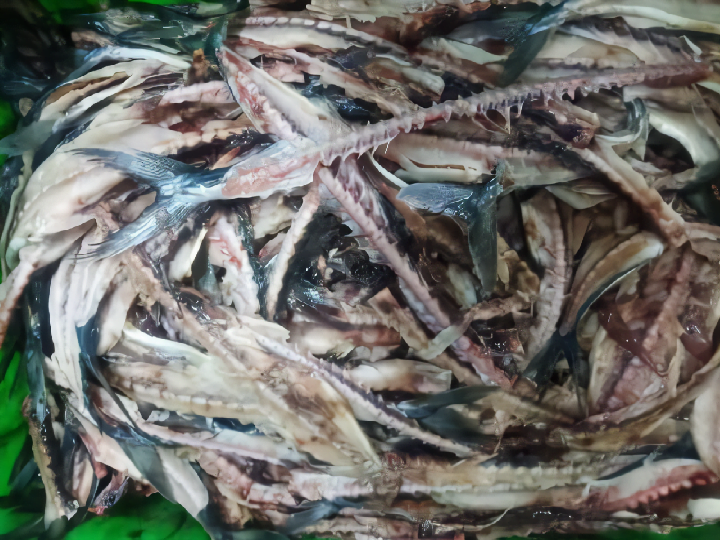
tulang ikan 
makanan ikan
Kaya dengan vitamin B dalam ikan makanan
terutamanya kaya dengan kolin dan vitamin B2. Menurut analisis, setiap kilogram ikan makanan Peru mengandungi 27.1 mg vitamin B, 9.5 mg asid pantotenik, 390 mikrogram vitamin H, 0.22 mg asid folik, 3978 mg kolin, 68.8 mg niasin, dan 110 mikrogram vitamin B12.
Penghadaman yang Tinggi
Penghadaman protein dan lemak ikan makanan oleh ayam adalah 91%-93% dan 78%-91%, masing-masing.
Kandungan garam yang tinggi
Kandungan garam dalam ikan yang diimport adalah sekitar 1.5%-2.5%. Piawaian kebangsaan untuk ikan makanan domestik adalah 4% untuk ikan makanan kelas pertama dan kedua, dan 5% untuk ikan makanan gred ketiga, tetapi ikan makanan yang tidak dicampur aduk sebenar melebihi piawaian, dan ada yang setinggi 15%-20%; dalam beberapa tahun kebelakangan ini, kebanyakan ikan makanan palsu mempunyai kandungan garam yang rendah, dan ada yang kurang daripada 1%. Disebabkan kandungan garam yang tinggi dalam ikan makanan, ia mudah menyerap kelembapan, yang memudahkan pembiakan bakteria, acuan, dan yis, menyebabkan suhu meningkat, sering menggumpal, berkulat, dan bahkan terbakar sendiri. Ini adalah satu lagi sebab mengapa ikan makanan cenderung terbakar sendiri semasa penyimpanan.
Secara ringkasnya, ikan makanan bukan sahaja sumber protein haiwan yang cemerlang untuk menyeimbangkan protein dan asid amino tetapi juga makanan yang baik untuk menyeimbangkan mineral, terutamanya unsur jejak.
Bahan mentah ikan makanan
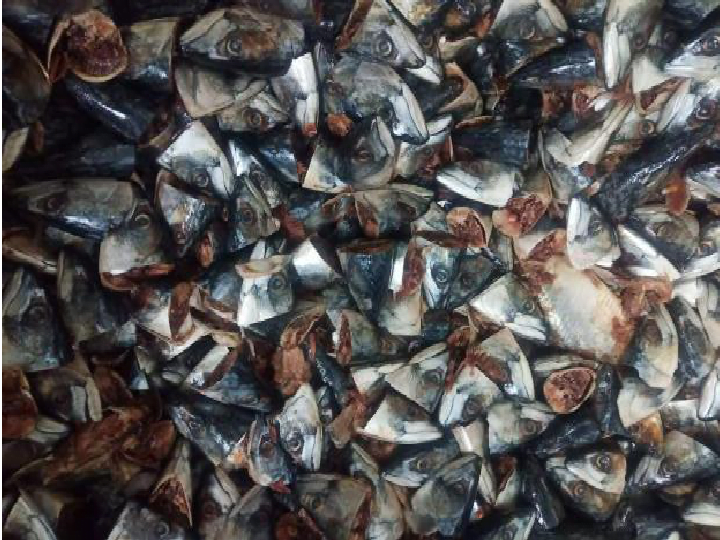
Secara amnya, bahan mentah ikan makanan adalah ikan laut dan seafood dengan nilai makanan yang rendah, dan sisa pemprosesan juga boleh digunakan, seperti kepala ikan, ekor, tulang, sirip, dan lain-lain. Kualiti ikan makanan yang dihasilkan berkait rapat dengan kualiti ikan. Menggunakan ikan yang rosak sebagai bahan mentah untuk ikan makanan bukan sahaja menjejaskan hasil ikan makanan tetapi juga menyebabkan pencemaran alam sekitar.
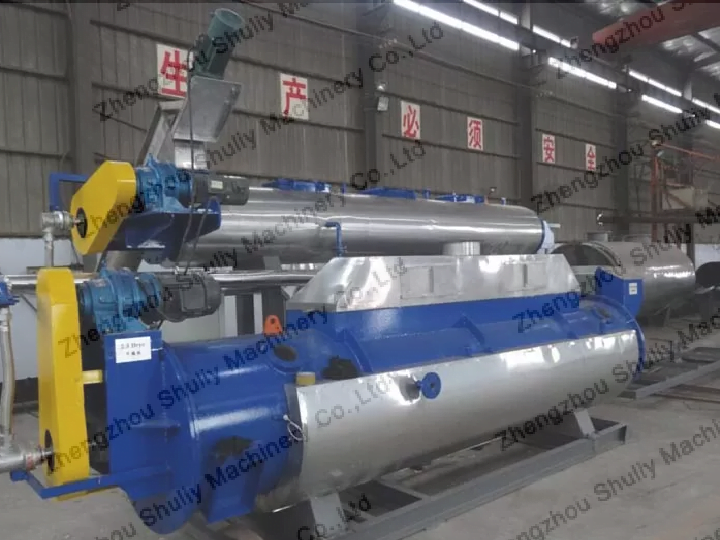
2 cara berbeza untuk mengklasifikasikan ikan makanan
Yang pertama diklasifikasikan mengikut sifat dan warna bahan mentah, dibahagikan kepada ikan makanan biasa (berwarna oren atau putih), ikan makanan putih (terutamanya seabass), ikan makanan coklat, ikan campuran, ikan paus, ikan makanan (menggunakan sisa seperti kepala ikan).
Kedua, mengikut bahagian bahan mentah, boleh dibahagikan kepada ikan makanan keseluruhan (menggunakan ikan keseluruhan sebagai bahan mentah untuk menghasilkan ikan makanan), ikan makanan yang diperkaya, ikan kasar, ikan yang disesuaikan, ikan campuran, dan serbuk ikan. Pemprosesan ikan makanan memerlukan satu siri peralatan sokongan. Bergantung kepada pengeluaran, peralatan mesin juga berbeza.
